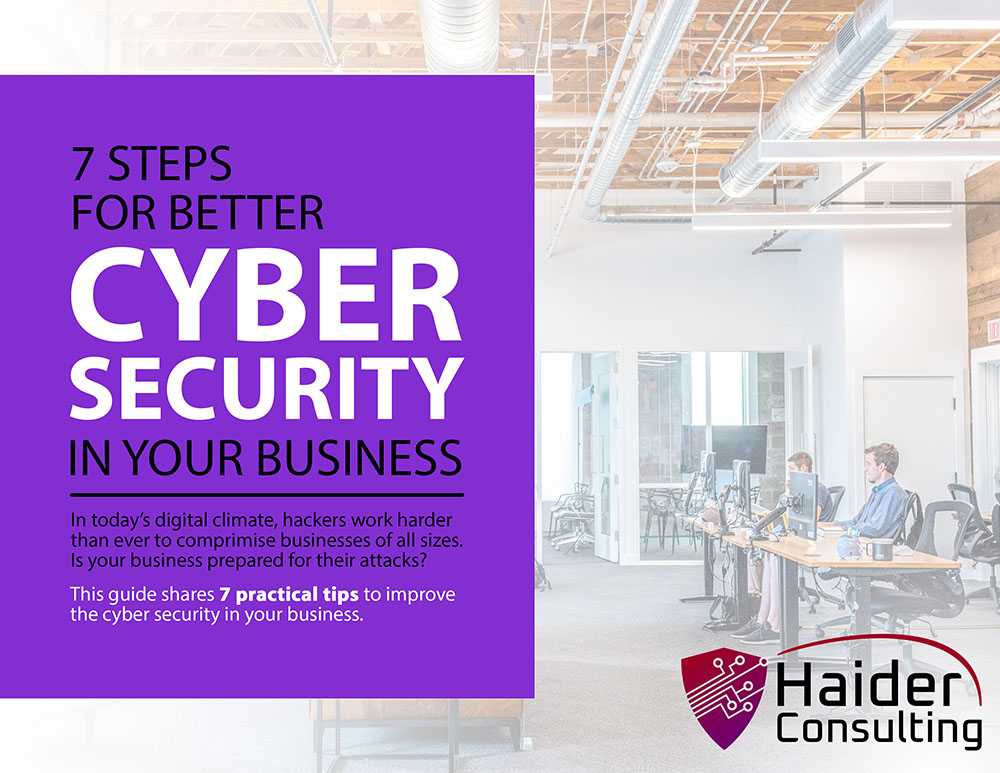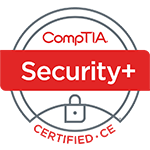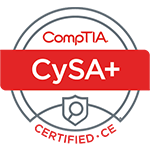Cybercriminals have changed their tactics. Instead of forcing their way into your systems, many are simply walking through the front door—using your own login information.
This method is known as an identity-based attack, and it’s now one of the most common ways hackers gain access to business networks. They don’t need to break your firewall or write complicated code. All they need is a username and password—and unfortunately, these are easier to get than most people think.
Hackers often steal login credentials through phishing emails that look legitimate, fake login pages designed to capture your password, or by overwhelming employees with constant sign-in prompts (a tactic called MFA fatigue) until someone gives in. These techniques don’t require much technical skill—but they work.
In fact, a leading cybersecurity company found that 67% of major security breaches in 2024 were caused by stolen or misused login credentials. Even large corporations like MGM Resorts and Caesars Entertainment were victims of these attacks in 2023, suffering major service disruptions and financial damage. If companies with millions to spend on cybersecurity can be fooled, small businesses—often with limited resources—are especially at risk.
The lesson is clear: protecting your usernames and passwords is more important than ever. In today’s threat landscape, strong identity protection isn’t optional—it’s essential.
How Are Hackers Getting In?
Most modern cyberattacks don’t start with a high-tech break-in—they start with something simple, like a stolen password. But hackers are getting more clever and creative with how they steal those credentials. Here are some of the ways they’re slipping through the cracks:
Phishing Emails and Fake Login Pages
These are some of the oldest tricks in the book, but they’re still incredibly effective. Hackers send emails that look like they’re from trusted sources—like your bank, software provider, or even your own company. When someone clicks the link, they’re taken to a fake website that looks real. Once the user types in their username and password, the hacker captures that information and uses it to log in.
SIM Swapping
This sneaky tactic allows hackers to take control of your phone number. They trick or bribe a mobile carrier employee into transferring your number to a new SIM card they control. Once they have access to your number, they can receive your text messages—including the two-factor authentication (2FA) codes meant to protect your accounts.
Multi-Factor Authentication Fatigue
In this type of attack, hackers flood an employee’s phone or authentication app with nonstop login requests. Eventually, the employee might get annoyed or confused and accidentally hit “Approve,” giving the attacker access without realizing it.
Targeting Personal Devices and Vendors
Hackers are also looking beyond company systems. They might try to access work data through an employee’s personal phone or laptop, especially if those devices aren’t well protected. They may also target third-party vendors, like IT help desks or customer service contractors, who often have access to your systems but may not follow the same security standards.
The bottom line? Hackers are no longer just looking for technical weaknesses—they’re looking for human ones. Every employee, device, and outside partner is a potential entry point. That’s why it’s so important to stay aware, stay cautious, and keep security top of mind.
How To Protect Your Business
The good news? You don’t have to be a cybersecurity expert to keep your business safe. A few smart, practical steps can make a big difference. Here’s how to get started:
1. Turn On Multifactor Authentication (MFA)
Think of MFA as a second lock on the door. Even if someone has your password, they’ll need a second form of ID to get in—like a code, an app approval, or a physical security key.
But not all MFA is created equal. Avoid relying on text messages for codes—they can be intercepted through tricks like SIM swapping. Instead, use stronger options like:
- Authenticator apps (e.g., Google Authenticator, Microsoft Authenticator)
- Physical security keys (like YubiKey)
- Biometric options (like fingerprints or facial recognition)
Adding this extra layer makes it much harder for hackers to succeed.
2. Train Your Team to Spot Scams
Your employees are often the first line of defense—and the first target. Most cyberattacks start with phishing emails, which are designed to look like real messages from banks, coworkers, or trusted companies.
Make sure your team knows:
- How to identify suspicious emails, links, and attachments
- What to do if they receive a strange request (like urgent wire transfers or password resets)
- Where and how to report anything unusual
Regular training sessions, short videos, or simulated phishing tests can keep awareness high and reduce the chances of someone falling for a scam.
3. Limit Employee Access
Not everyone needs access to everything. The more people who have access to sensitive data or systems, the more risk there is if one of those accounts gets hacked.
Here’s how to limit exposure:
- Only give employees the access they need to do their job (this is called the “principle of least privilege”)
- Review and update permissions regularly
- Immediately remove access for former employees or unused accounts
If a hacker compromises an account with limited access, they’ll hit a wall before they can do real damage.
4. Use Strong Passwords—or Go Passwordless
Weak or reused passwords are like leaving the front door unlocked. Encourage your team to use long, unique passwords for each account—and never repeat them.
Make this easier by:
- Using a password manager (like LastPass, Bitwarden, or 1Password) to generate and store strong passwords
- Exploring passwordless options, such as:
- Fingerprint or facial recognition logins
- Hardware security keys
- Single sign-on (SSO) systems tied to your company’s identity management tools
Passwordless tools are not only safer, they’re faster and easier for employees to use.
With just these four steps, you can dramatically reduce your business’s risk. Think of it as building a strong lock on every digital door—keeping your data, your team, and your customers safer every day.
The Bottom Line
Cybercriminals aren’t always trying to “break in” anymore—they’re logging in with stolen usernames and passwords. And their tricks are getting sneakier by the day. Fake emails, phishing links, and relentless login attempts are just some of the ways they get in.
But here’s the good news: protecting your business doesn’t mean you have to figure it all out by yourself.
That’s where we come in.
We help small businesses put smart, effective cybersecurity tools in place—without making things harder or more complicated for your team. Our goal is to keep your systems secure, your data protected, and your team productive.
Not sure if your business is at risk? We’ll help you find out.
Book a free discovery call with us today and get expert insights into your current security posture—plus real steps you can take to strengthen it. Let’s make sure hackers hit a wall, not your business.
Book My 17-Minute Call





